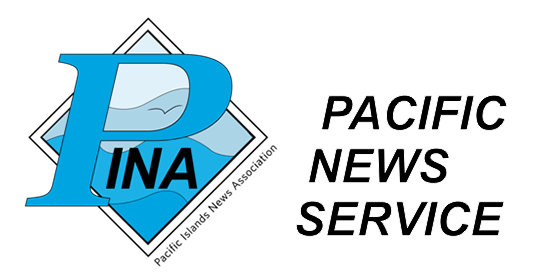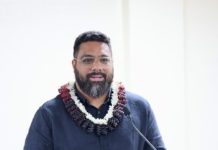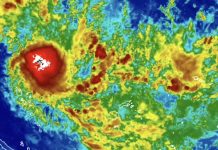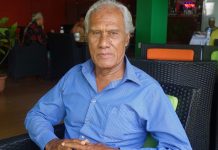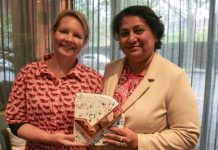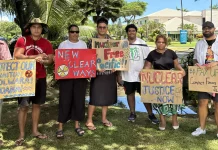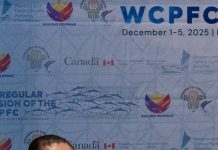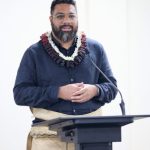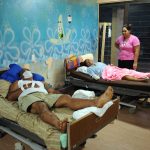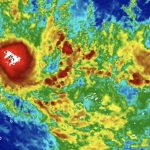By Ben Bilua
While the demand for minerals continue to rise globally, social and environment pressure continues to threaten the coexistence of Indigenous people and their livelihood in the rural areas.
The industrial encroachment on marine ecosystems has far-reaching consequences that extend beyond environmental degradation.
This is evident in coastal communities within Thousand Ships Bay in Isabel Province of Solomon Islands.
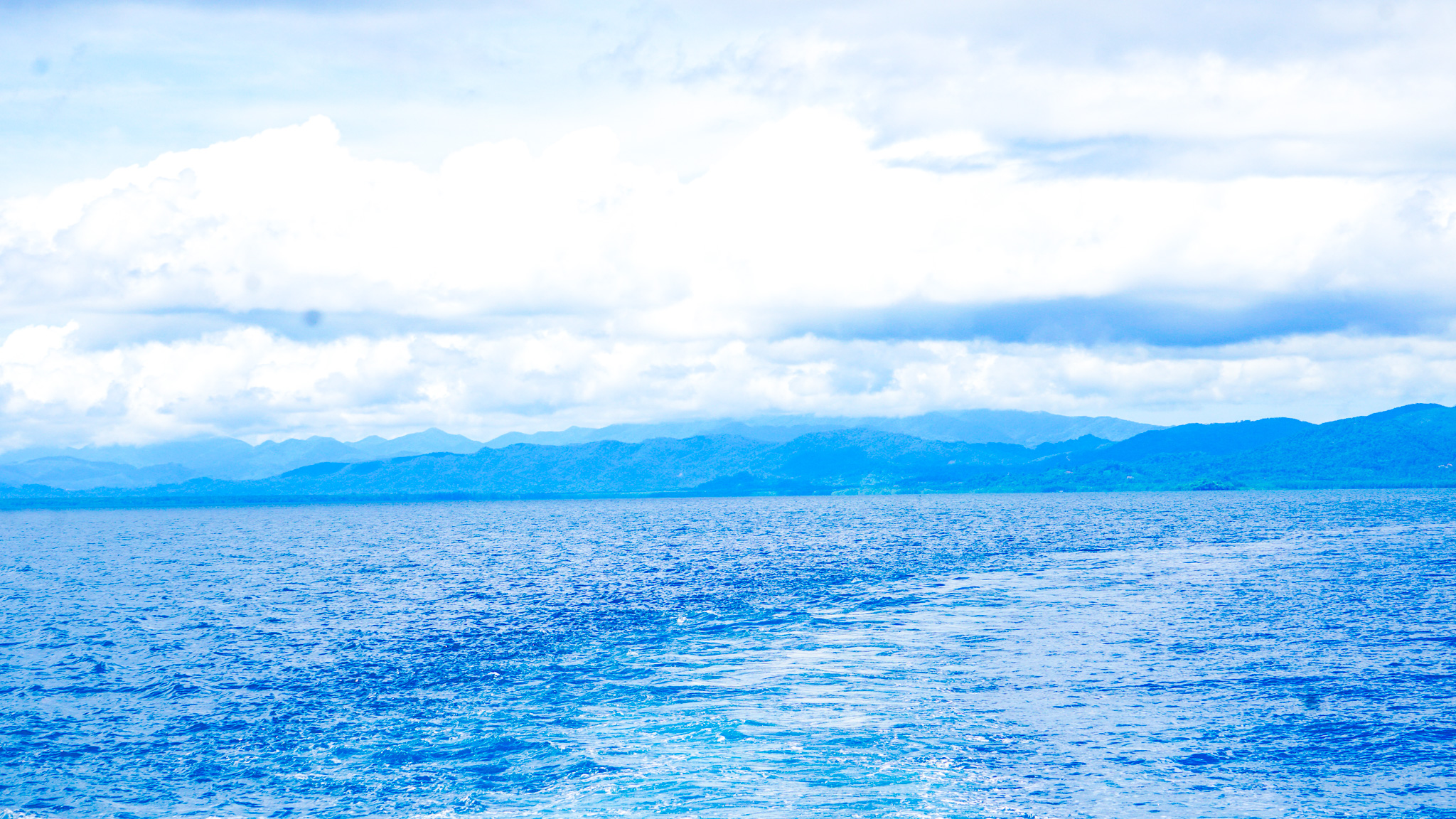
Communities are witnessing the negative impacts of mining as Mining Companies compete to get their hands on the rich nickel deposits on the island.
Sixty-seven (67) year-old Jesca Kokoi was in tears when she found mud shells in murky water and soil that had covered the mangrove riverbed.
“This is one of the areas that we used to come and find our food source, such as mud-shell, mud-crabs, and fishing.
“We’ve lost our food source, and I’m crying because my daughters, granddaughters and future generation will no longer enjoy what we used to do before.
“I’m lost of words witnessing the devastation of our food source caused by this mining operation,” she said.
Kokoi lives in a small settlement called Riusele less than one kilometre from where the mining operation is taking place.
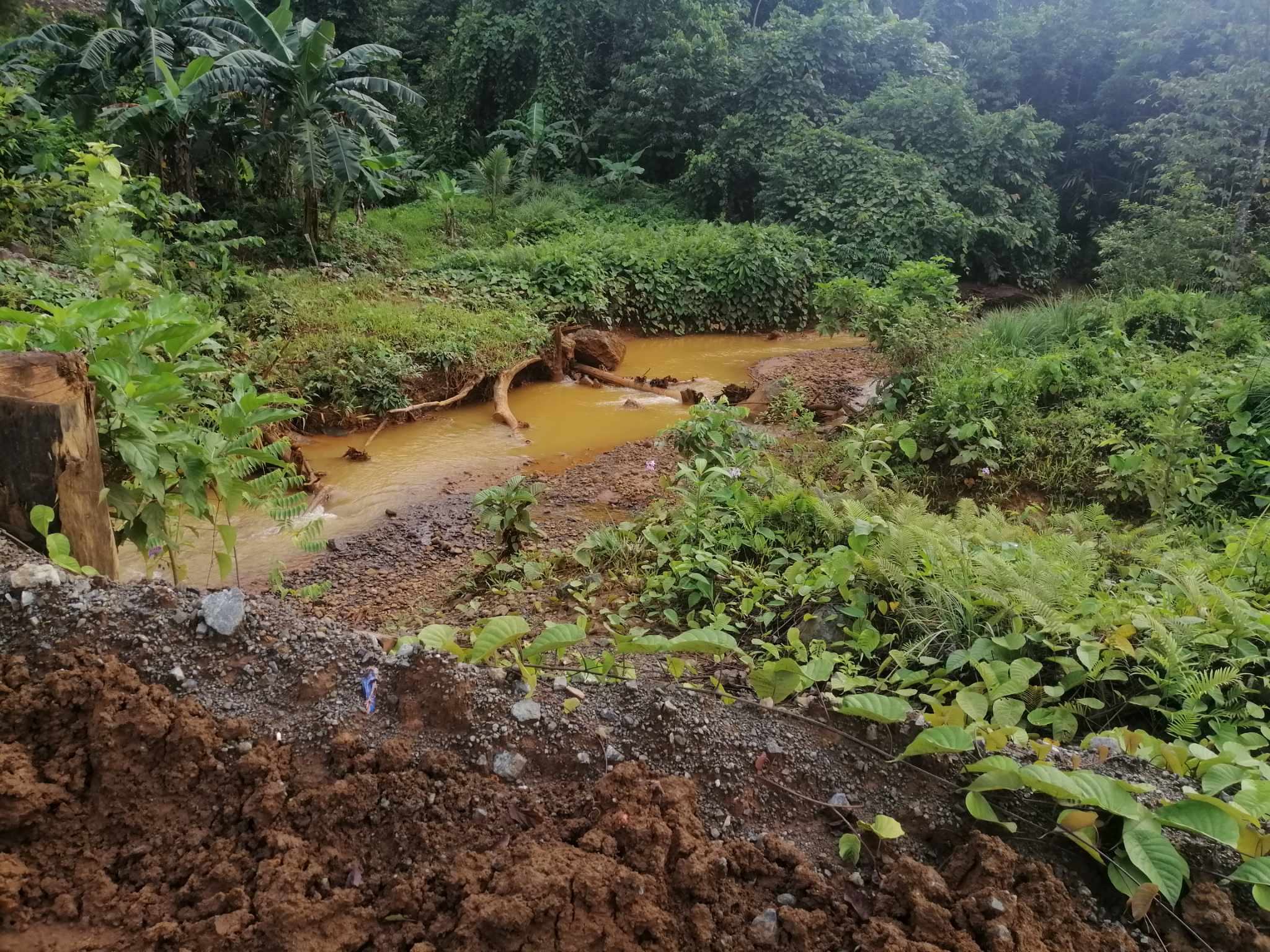
Melchor Kokoi, Jesca’s husband, said the mining operation has polluted the mangroves but also rivers and streams where his family used to get their daily protein food source.
“There are more than three small streams in this area. These streams are like our fish-shop, I used to catch prawns, eels, and fish to feed my family. Now the streams are all polluted to the point where I cannot even get food for my family.
According to Kokoi their ways of life has changed dramatically since the Chinese-owned mining company landed near his village.
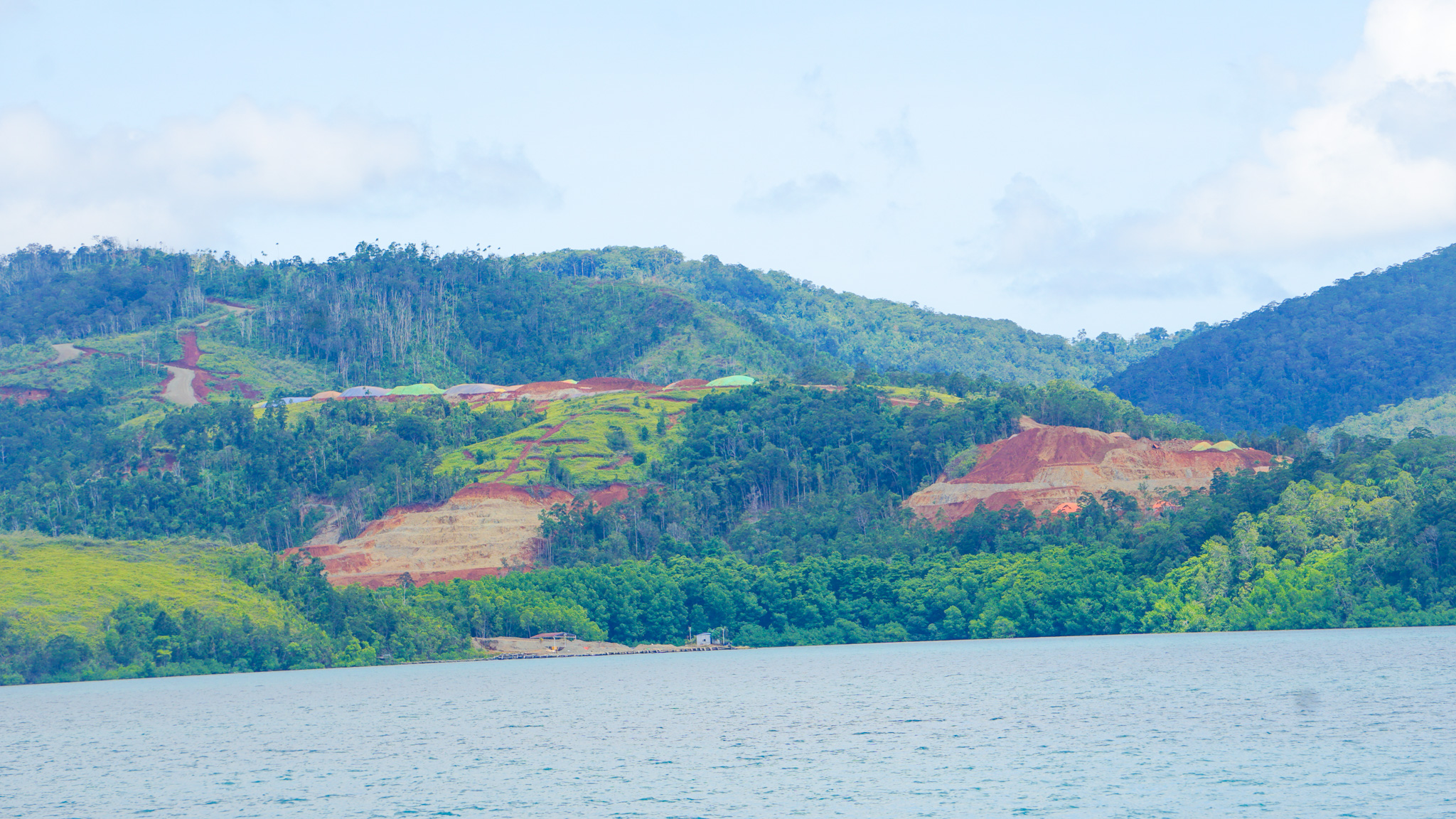
“At the moment we are looking at new ways to find food for our families. We search far for unpolluted streams to find eels, prawns, and fish.
“Our women paddle out long distances in search of mud-shells and mud-crabs to feed their families.
“I don’t know what the future holds for my children. I just pray to God, the creator of everything to protect my children, grandchildren, and future generations to come,” he said.
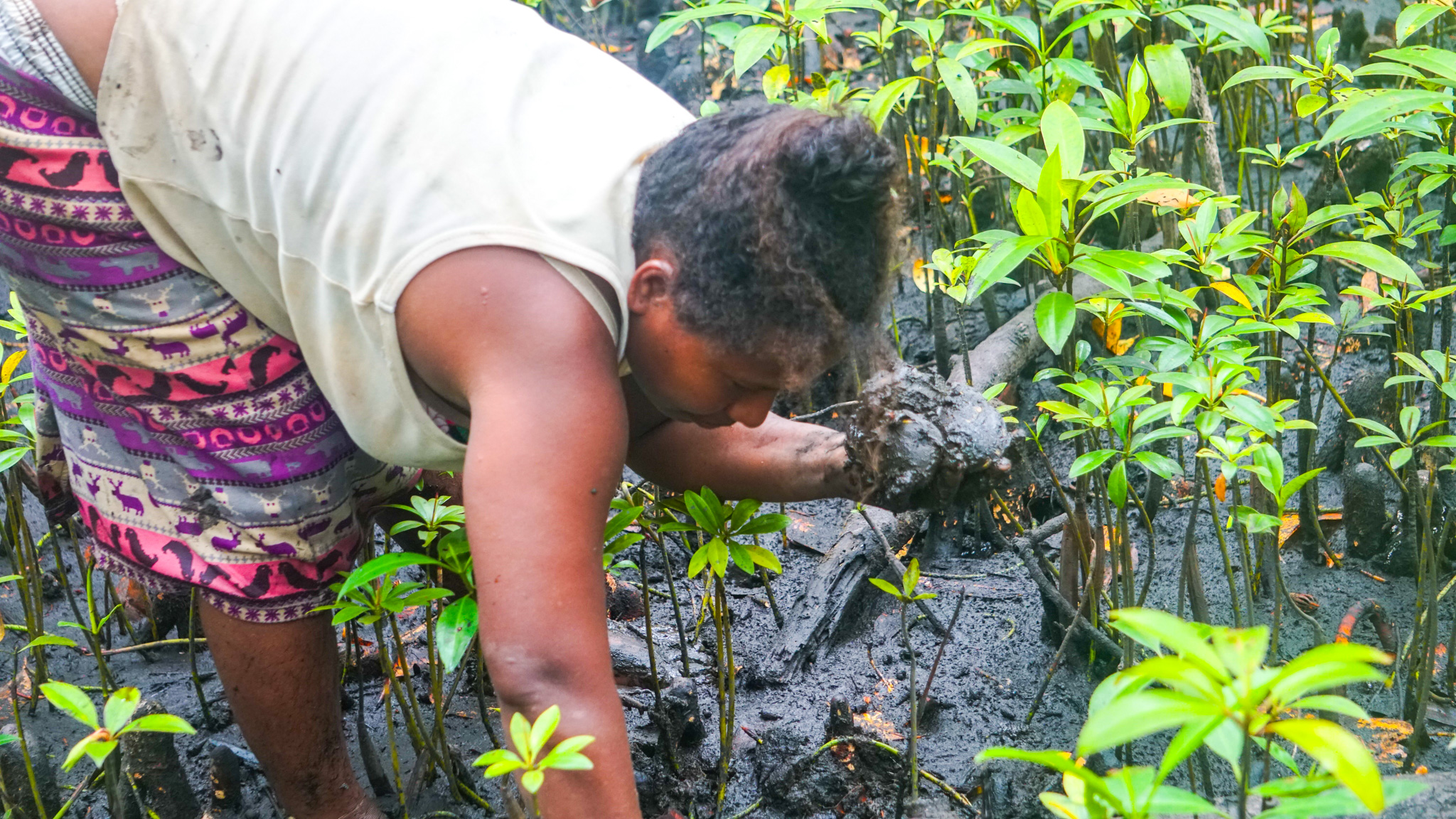
On the western end of Thousand Ships Bay, single mum, Ms Joyce Authegna is also struggling to feed her family as easy-to-get protein becomes scarce due to pollution.
Authegna lives in a village called Koisisi known for one popular local mud-shell known as “Najagu” to the Hograno/Maringe speaking people in the area.
Najagu breeds on muddy river-mouth and for the women of Koisisi, this is an easy-to-get protein to feed their families.
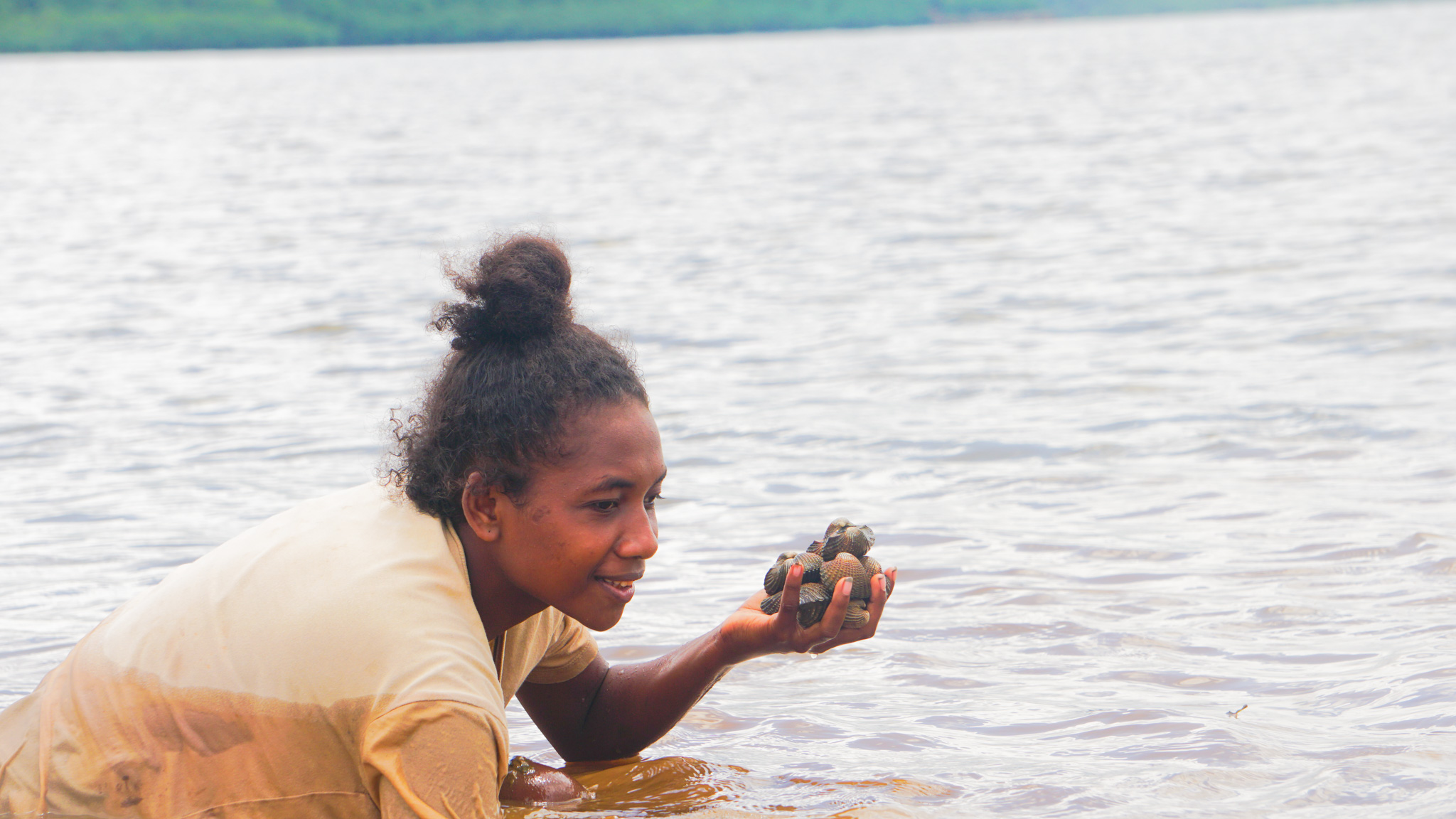
“Recently we realised that the mud-shells have decreased in numbers. We also realised that the mud where the shell breeds became hard as loss soil from logging and sediments from mining covers the riverbed.
“Life is really hard especially for single mum like me to feed my family. I had to put extra effort to put food on the table for my children,” she said.
Isabel Province has been devastated by logging over the years and now a new threat has emerged that is polluting its rivers and waterways.
There are three mining operations in Isabel province – at Suma/Kolosori area, Havihua and the latest at San Jorge Island.
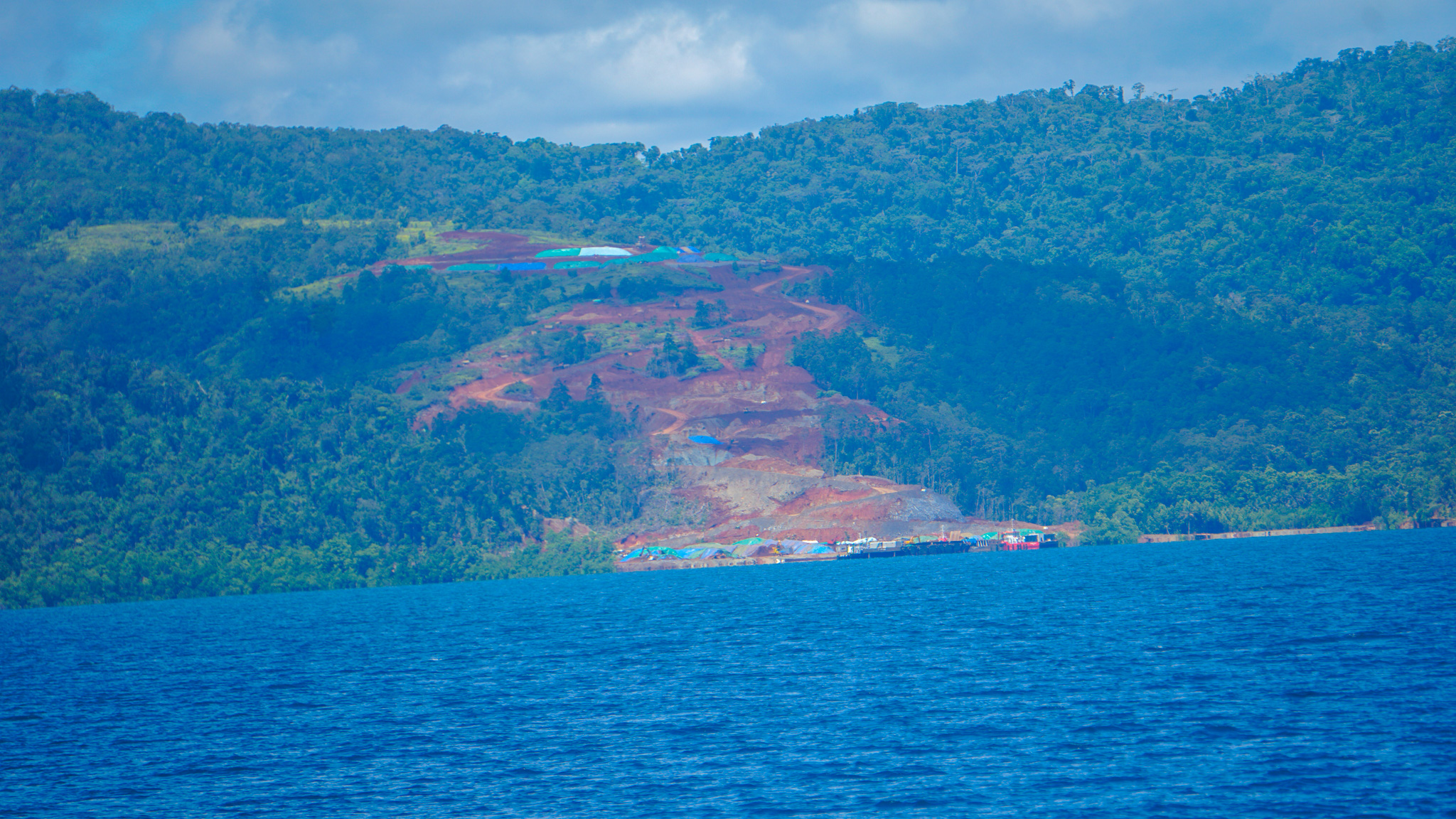
These mining companies are operated on the coastal area, at the mouth of Thousand Ship Bay – the narrow passage most communities share marine resources like fish and shells.
Uncontrolled spill over of sediments, dirty oils and other chemicals from the mining operation have polluted the entire bay.
Compliance and Monitoring investigation carried out by officials from Isabel Provincial Health Services at one of the mining operations [Pacific Nickel Kolosori] found that the company has poor sediment buffer resulting in massive coastal to ocean pollution as mixture of sediment and oil-spill reached the ocean.
The report uncover medium to long term health complications to human lives if immediate action fail.
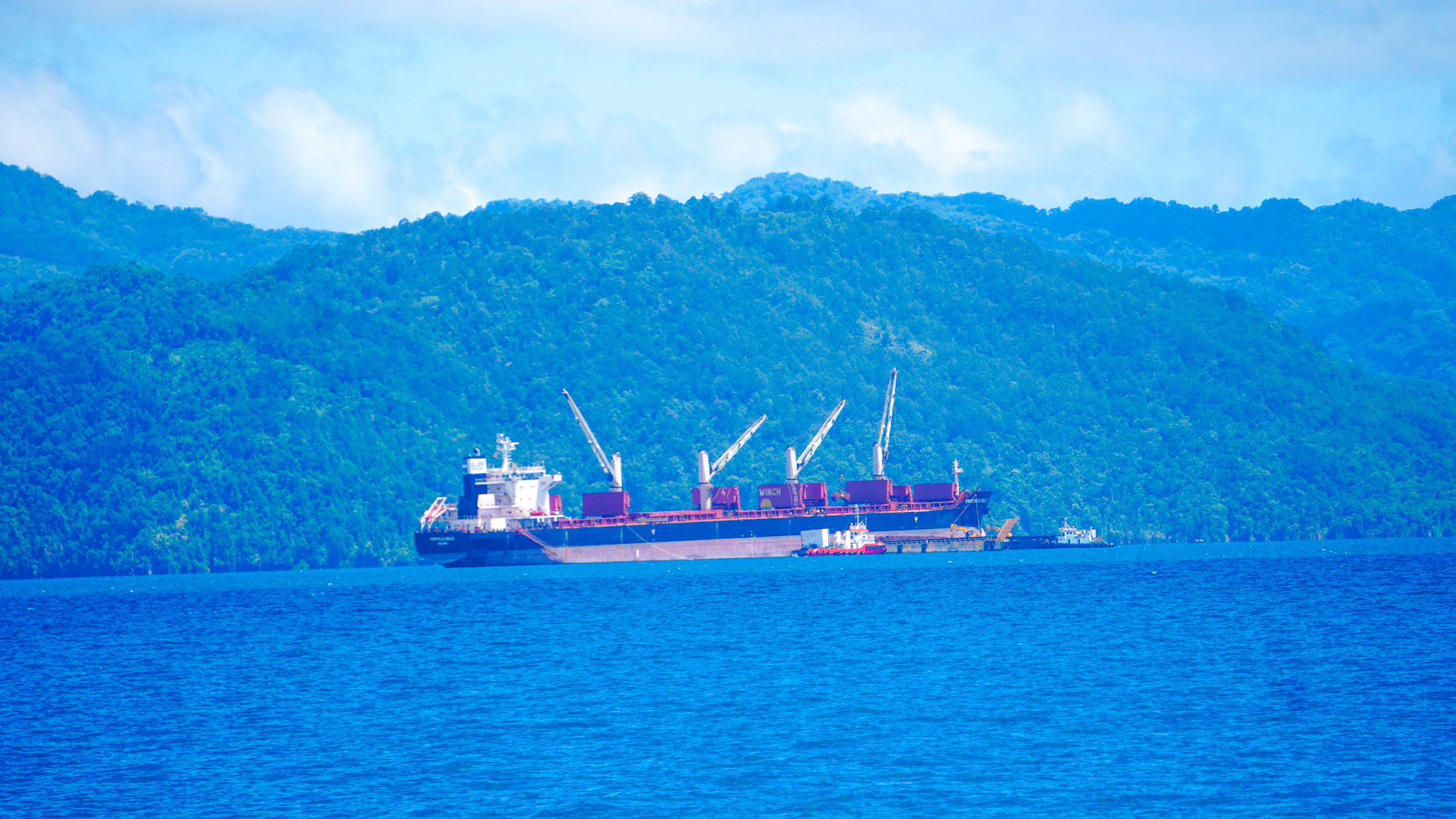
Non-governmental organisation, individuals and environment experts have condemned the negative impact of mining operations in Isabel Province.
Network for Indigenous People Solomons [NIPS] say the unsustainable mining practices in the Kolosori region have and will lead to significant pollution of the mangrove ecosystems, causing severe harm to the environment and the communities of Lelegia Talise, Hageulu, and Reudede that rely on these ecosystems for their livelihoods.
The degradation of these vital natural resources not only threatens biodiversity but also undermines the communities’ traditional ways of life, food security, and economic well-being. Without immediate intervention and the implementation of sustainable practices, the long-term environmental damage will continue to escalate, further endangering the ecological balance and the socio-economic stability of the affected areas.
This situation exemplifies the urgent need for stricter regulations and responsible resource management to protect both the environment and the people who depend on it.
NIPS is a local NGO working with Isabel communities on conservation and sustainable food preservation using traditional knowledge.
Solomon Islands’ Climate Change and Environment Specialist, Dr Kristina Fidali-Hickie said, “This is so sad to see considering the unborn generation who will have to live with and bear the burden of a polluted environment.
“This man-made plague could have been avoided. A lot more resources will have to be allocated to address the heavy siltation to restore the health of mangrove estuary ecosystem and biodiversity.”
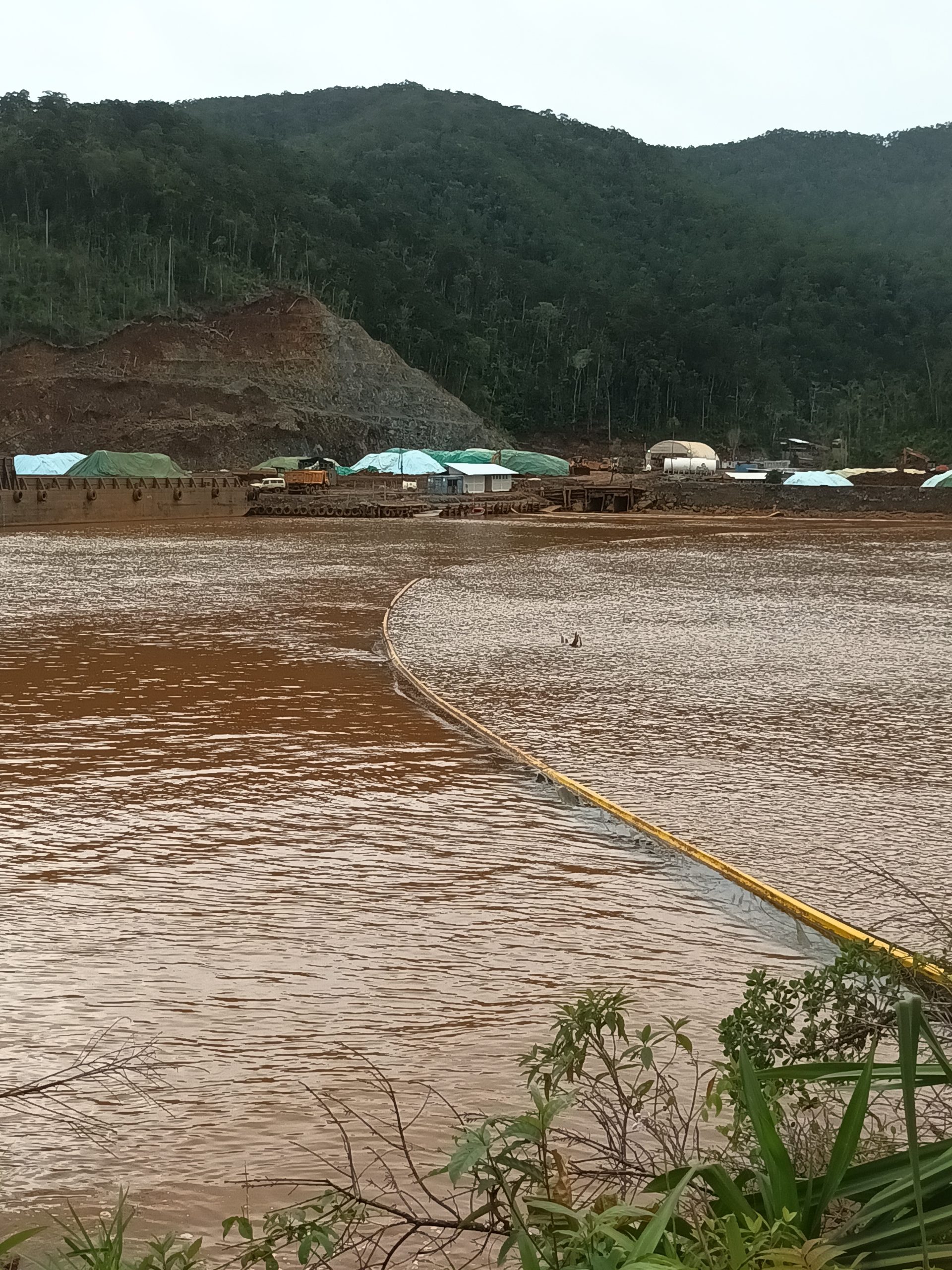
When asked, the Minister of Environment, Climate Change, Disaster Management and Meteorology Trevor Hedley Mahaga said his ministry was working on strategies to mitigate the issues.
“My director [Director of Environment Division] will deal with the issue. I have also instructed the Environment Division to do an assessment on the Havihua Mining site,” he said.
Mining is a new development that the people of Isabel province is aware of its socio-economic impacts.
From observation, mining operations has disrupted the fragile balance of marine ecosystems.
Sediment plumes, chemical spills, and habitat destruction pose threats to marine biodiversity, including fish populations that are critical for human consumption.
Coastal communities often depend heavily on marine resources for their daily protein intake. As mining reduces fish populations, these communities face increasing difficulty in accessing affordable and nutritious food.
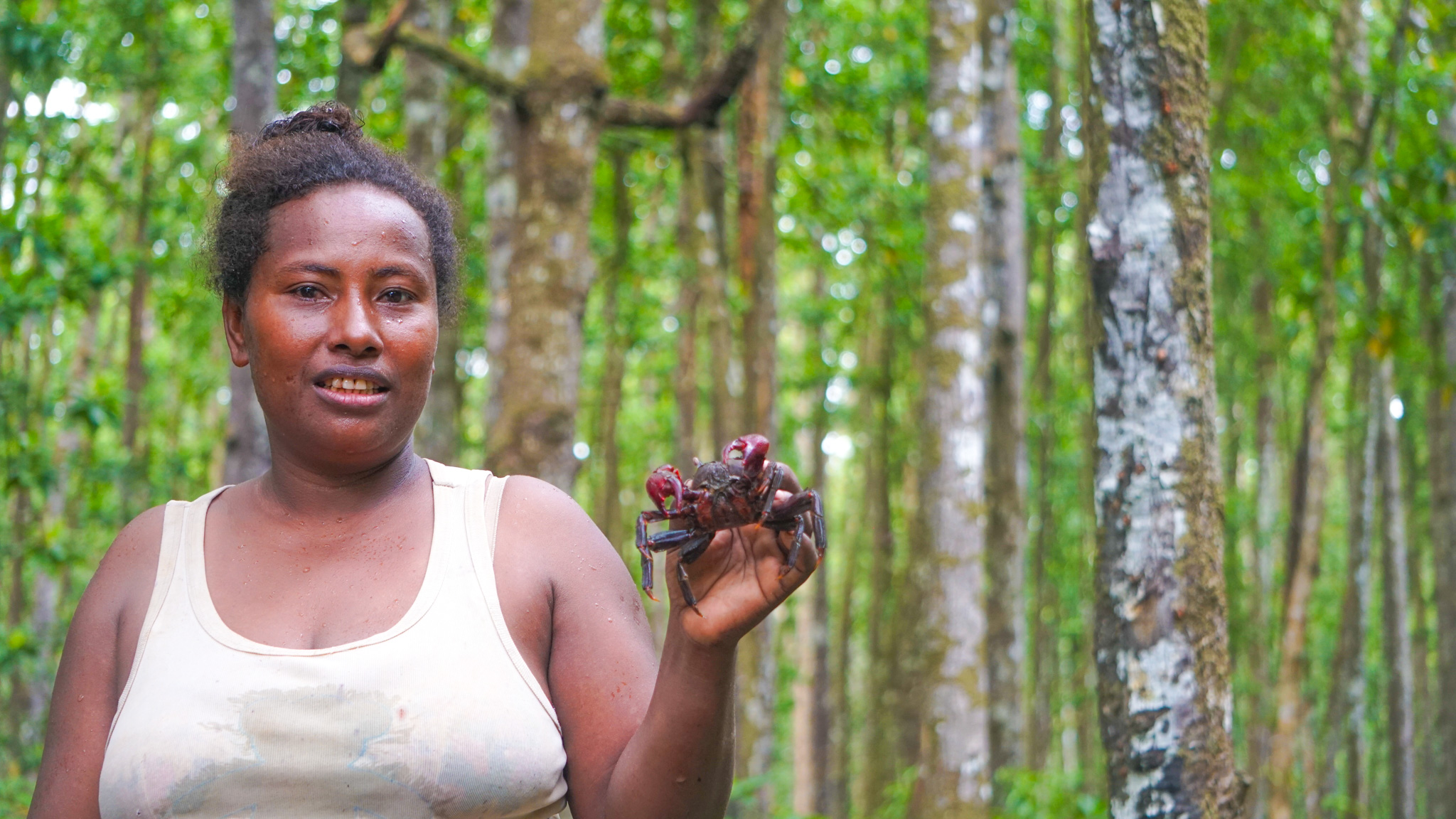
Beyond nutrition, many coastal communities rely on fishing as their primary source of income. The decline in marine resources directly impacts their livelihoods, driving poverty and social instability.
There is no environmental justice and the question comes down to the ethics of mining operations and how the government can prioritise the well-being of local populations and ecosystems over profit.
This feature is supported by Earth Journalism Network.
